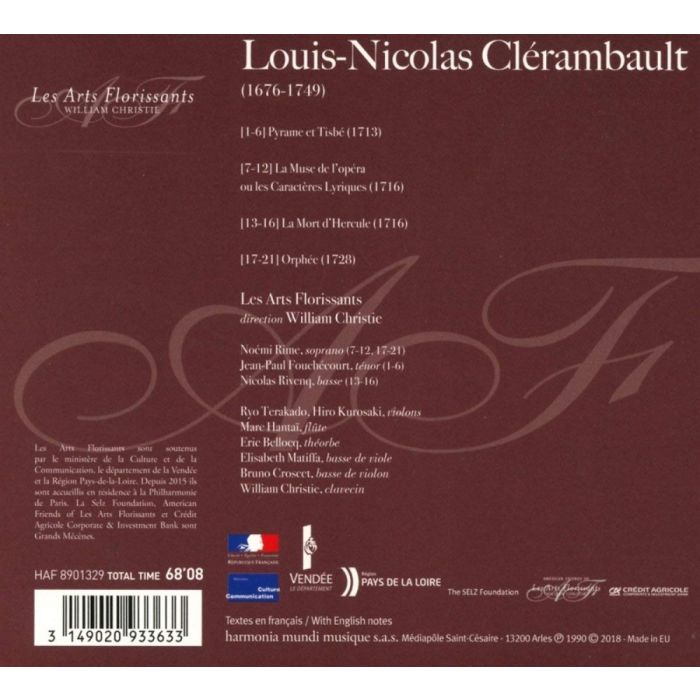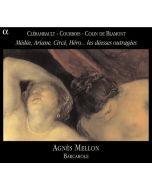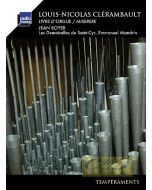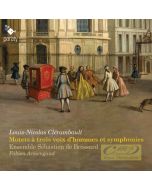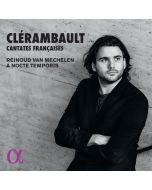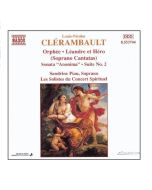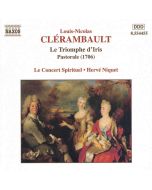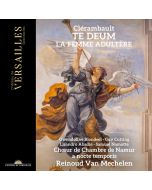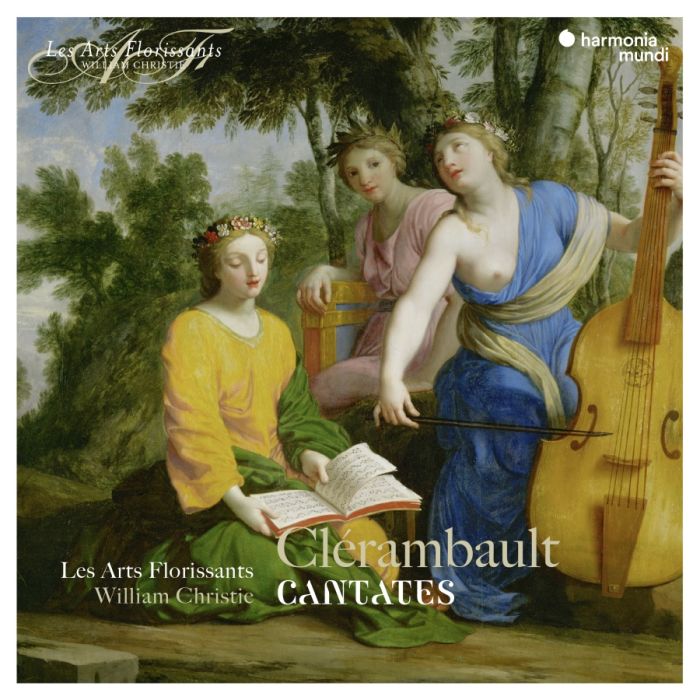
(Produkt nie został jeszcze oceniony)
kompozytor
Clérambault, Louis-Nicolas
tytuł
Clérambault: Cantates
wykonawcy
Christie, William, Les Arts Florissants
nr katalogowy
HAF 8901329
opis
Today, Louis-Nicolas Clérambault is known primarily for his organ compositions, but during his lifetime he was considered the master of the cantata, which developed into a kind of miniature opera in France at the beginning of the 18th century. Between 1710 and 1726 he composed more than 25 secular cantatas, mostly for solo voice and small instrumental accompaniment, most of which Clérambault published in five volumes. In the process he developed great skill in combining features of the Italian style with those of his native France. Three of the cantatas with Les Arts Florissants under William Christie, which have been re-released here, make use of antique material, while "LaMusedel'Opéra", in a sequence of arias and bravura pieces, takes up the relationship to rival opera.
2. Tisbé, pour résister à l'ardeur de ses voeux
3. Sinfonie - Air: Vole, vole, dit-elle amour
4. Elle cherchoit l'Amant qui la tient asservie - Plainte
5. Vorspiel: Venez monstres affreux
6. Air: Amour, qui voudra désormais
• La muse de l'opéra ou Les caractères lyriques (Kantate) 7. Mortels, pour contenter vos désirs curieux
8. Tempeste: Mais quel bruit interrompt ces doux amusements
9. Non, les Dieux attendris
10. Sommeil: Vos concerts heureux oyseaux
11. Prélude infernal - Ne craignons rien
12. air: Ce n'est qu'une belle chimère
• La mort d'Hercule (Kantate) 13. Au pied du mont Eta
14. Voy üérir ce vainqueur
15. Au seul nom de l'amour
16. Il dit, et se livrant au transport qui l'anime
• Orphée (La fameux de la Thrace) (Kantate) 17. Le fameux chantre de la Thrace
18. Mais que sert à mon désespoir
19. Allez Orphée
20. Cependant le héros arrive
21. Pluton surpris d'entendre des accords
Works:
• Pirambe et Tisbé (Kantate) 1.Pirame, pour Tisbé, dès la plus tendre enfance - Sinfonie
2. Tisbé, pour résister à l'ardeur de ses voeux
3. Sinfonie - Air: Vole, vole, dit-elle amour
4. Elle cherchoit l'Amant qui la tient asservie - Plainte
5. Vorspiel: Venez monstres affreux
6. Air: Amour, qui voudra désormais
• La muse de l'opéra ou Les caractères lyriques (Kantate) 7. Mortels, pour contenter vos désirs curieux
8. Tempeste: Mais quel bruit interrompt ces doux amusements
9. Non, les Dieux attendris
10. Sommeil: Vos concerts heureux oyseaux
11. Prélude infernal - Ne craignons rien
12. air: Ce n'est qu'une belle chimère
• La mort d'Hercule (Kantate) 13. Au pied du mont Eta
14. Voy üérir ce vainqueur
15. Au seul nom de l'amour
16. Il dit, et se livrant au transport qui l'anime
• Orphée (La fameux de la Thrace) (Kantate) 17. Le fameux chantre de la Thrace
18. Mais que sert à mon désespoir
19. Allez Orphée
20. Cependant le héros arrive
21. Pluton surpris d'entendre des accords
nośnik
CD x 1
wydawca
Harmonia Mundi
data wydania
4.10.2018
EAN / kod kreskowy
3149020933633
52,00 zł
Produkt dostepny w niewielkiej ilości.
Wysyłka w ciągu 3 dni roboczych
Darmowa wysyłka dla zamówień powyżej 300 zł!
Darmowy kurier dla zamówień powyżej 500 zł!
sprawdź koszty wysyłki